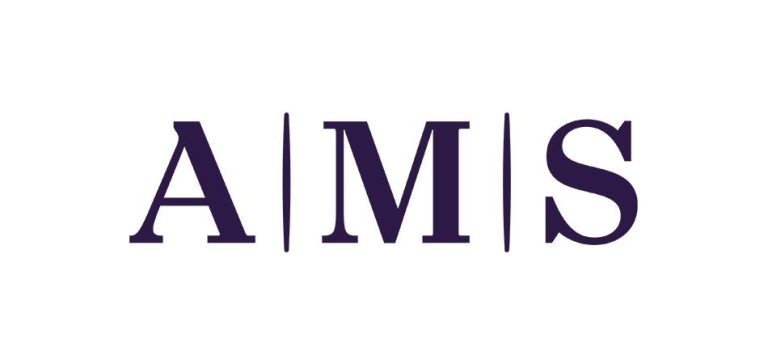Last Updated on April 6, 2024 by Nadeem Ahmad
The term Property | AMS describes what is legally held by someone. It encompasses everything from Real property, to Intellectual property, to Intangible property.
Real property
Real property is a bundle of rights that are tied to land. It includes everything from a plot of land to a house to a collection of mineral rights. The owner has many rights to the property, including the right to sell and lease it.
It also includes a set of rights tied to the land, like an easement, or a right to use a water resource. These rights are important because they give the owner the ability to protect the property from others and use the land in a way they like.
Other things to consider are the intangibles. These are akin to the real property, but they are not directly tied to the property. They may include insurance policies, bank accounts, and franchises.
One of the more enticing aspects of owning real property is the fact that the owner is the sole decision-maker. If the other party does not want to use the property, it is theirs to do with as they please.
Intangible property
Intangible property refers to the ownership of rights that do not have a physical form. These rights include copyrights, trademarks, patents, and know-how.
The value of intangible property depends on its long-term useful life. This includes its ability to be bought and sold, the value of its brand, and the benefits that it offers to a company.
A number of organizations are relying on in-house resources to create intangible assets. These assets may be developed in-house, or purchased through an exchange.
Identifying the owner of an intangible is difficult. However, the government has taken steps to protect intangibles, such as through the OECD’s TP guidelines.
The TP guidelines provide guidance on the appropriate price to transfer intangibles, and ensure that profits are allocated according to the relative contributions of each party. They also make sure that the profits are allocated to group entities performing the relevant functions.
Unlike tangible assets, intangibles cannot be seen, touched, or evaluated. Nonetheless, they do have a monetary value, which is why they are essential to business operations.
Intellectual property
Intellectual property (IP) is the collection of intangible assets that are protected. It includes creative works, such as literary and artistic works, discoveries, inventions, trademarks, and other tidbits of information. These can be patented, licensed, or otherwise protected.
Intellectual property is considered a valuable part of today’s knowledge-based economy. The value of IP is estimated at US$ 6.6 trillion. Merchandise exports related to IP account for nearly half of America’s merchandise exports.
Protecting IP is a crucial component of American economic growth and job creation. Over 45 million Americans are employed in IP-intensive industries.
Companies are increasingly turning their attention to securing rights to intellectual property. The average IP worker makes 46 percent more than the average non-IP worker.
Innovators should be aware of the different types of intellectual property. Aside from copyrights, other forms of IP include patents and trade secrets. Trademarks can also be important. Using a trademark to distinguish your product from that of another company is a great way to attract customers.
Theories of property
Property theory deals with properties and their legal entitlements. Theories on property can be derived from many sources, and a wide variety of concepts have emerged over the years. This article explores the most prominent contemporary theories of property, examining their history and philosophical arguments to support them.
The origin of the idea of property dates back to Plato and Aristotle, and was later explored by Church Fathers in the Latin West. Laws governing private property developed in England in the 17th century. While many property theorists believe that property is a natural law concept, others reject it, arguing that defensible proprietorial entitlements should be fashioned according to environmental commitments or social justice.
Property is a social fact. It is a complex entity with several components. Some of the more fundamental aspects are possession, use, exclusion and alienation. These elements are connected in the sense that the state cannot make something right without physically occupying it.
While some property theorists are critical of Bundle Theory and Full Liberal Ownership, others believe that they are conceptually consistent. The Integrated Theory of Property, for example, holds that all of the elements of property are conceptually linked. However, it is less comprehensive than Full Liberal Ownership.

